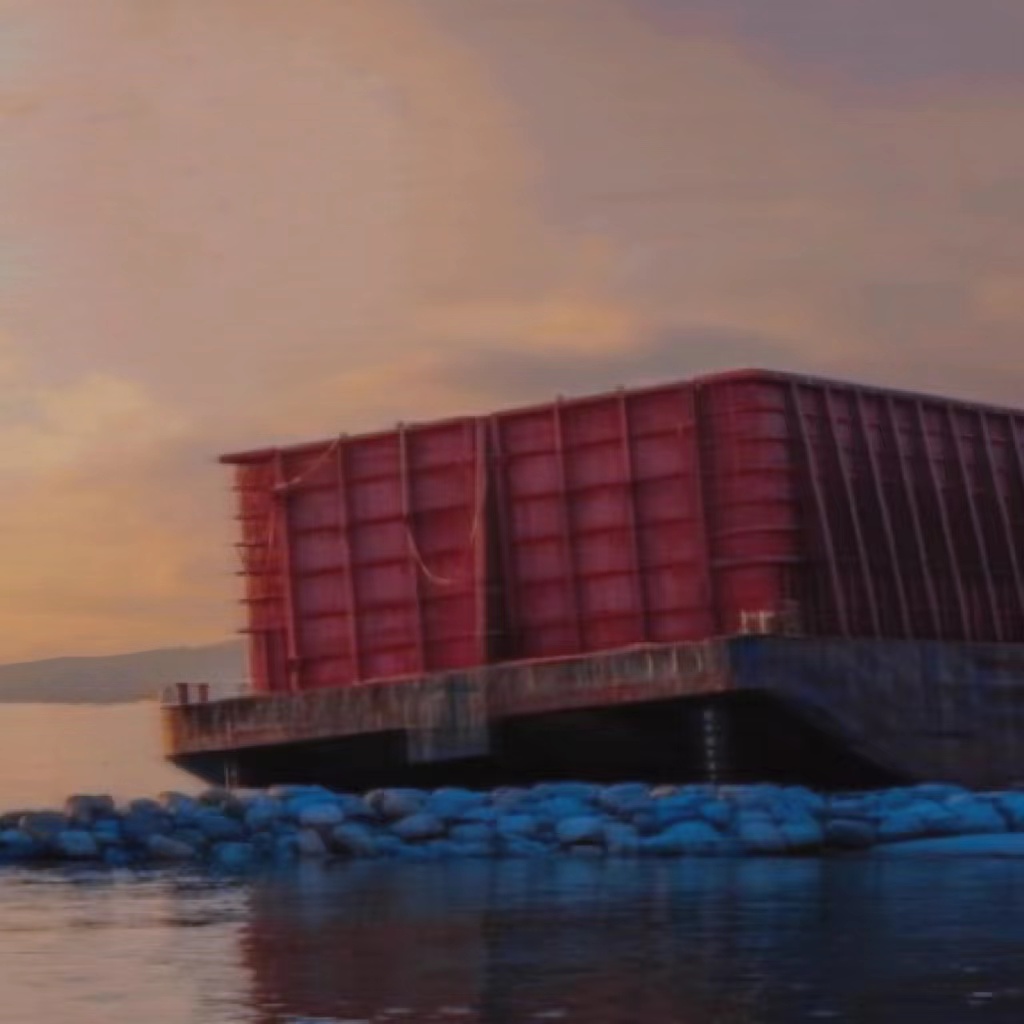Explore and engage with current literature on the distributed and open education movement.
In order to reach this outcome, throughout the course I engaged in a number of educational activities, including extensive reading through articles, taking notes, and engagement with learning pod members blog posts.
The topic 4 of this was that of open pedagogy and the four-part test.
Here is my blog4 snippet:


One of my pod partners Boyue left this comment, which raises several interesting points.

First, it must be argued that few traditional educational models have required the submission of artifacts. Posters, baking soda volcanoes, and dioramas were all excellent means of promoting creative expression but were hardly examples of students becoming co-creators with curriculum. The term “OER-enabled pedagogy” preferred by Wiley and Hilton (2018), requires that students learn by doing. In a digital environment, this requires moving beyond copyright restrictions (Wiley & Hilton, 2018). Indeed, OER-enabled pedagogy demands that the students are free to explore the learning process to the fullest extent possible without restrictions, allowing them to “learn in a broader range of ways” (Wiley & Hilton, 2018, p. 135).
And this is my learning pod member Bingxin blog4:

And my reply:

By completing these activities, I learned. One of the true breakthroughs in pedagogy since Dewey was Gardner’s theory of multiple intelligences, which opened up the possibility that students learn in a variety of ways, many of them unique to the individual. Arguably, this led the change in traditional academia from the “sage on the stage” to the role of the teacher being a “guide by the side.” It is especially important when it comes to educational environments in which adults are seeking to learn, as adults are almost always entirely self-motivated to learn. Regardless of the age of the student, learning has been demonstrated to be especially effective when students are constructing something in the public eye, some artifact that others can “see, review, critique, and value” (Wiley & Hilton, 2018, p. 135).
This blog is a clear example of such education. My own learning on this subject is being transmitted to others almost in real time. Once this blog is posted, it is public property in many respects. Others cannot change what is written, but they can contribute to the learning by raising questions, challenging my assertions, or asking me to clarify what I mean on any given topic. Wiley and Hilton (2018) would argue that this artifact is a form of renewable assignment and meets all four criteria for an OER-enabled pedagogical activity.
I have created an artifact. This artifact, arguably, has value beyond supporting my own learning, but can facilitate learning in others. It does so by being made public on an openly licensed forum such that authentic learning can be revised. I am certainly willing to learn if I am mistaken about a concept, something that might only be revealed through dialogue.
Finally, the things I learned matter to me. We return to the assertion made by my peer: that there is still room for improvement. To this, I agree, but so, too would Wiley and Hilton (2018), who specifically call for further research in the area of OER. What is needed, they argue, are more OER-enabled pedagogical efforts that can be empirically studied in order to determine if greater adoption of OER would, in fact, lead to greater improvements in learning (Wiley & Hilton, 2018). Like anything, OER-enabled pedagogy can be improved through continual improvement. If we learn what works, we can plan on how to better implement and refine OER-enabled pedagogy.
References:
Wiley, D., & Hilton, J. (2018, September). Defining OER-enabled pedagogy. International Review of Research in Open and Distributed Learning, 19(4), 133-146. https://dx.doi.org/10.19173/irrodl.v18i4.3022






